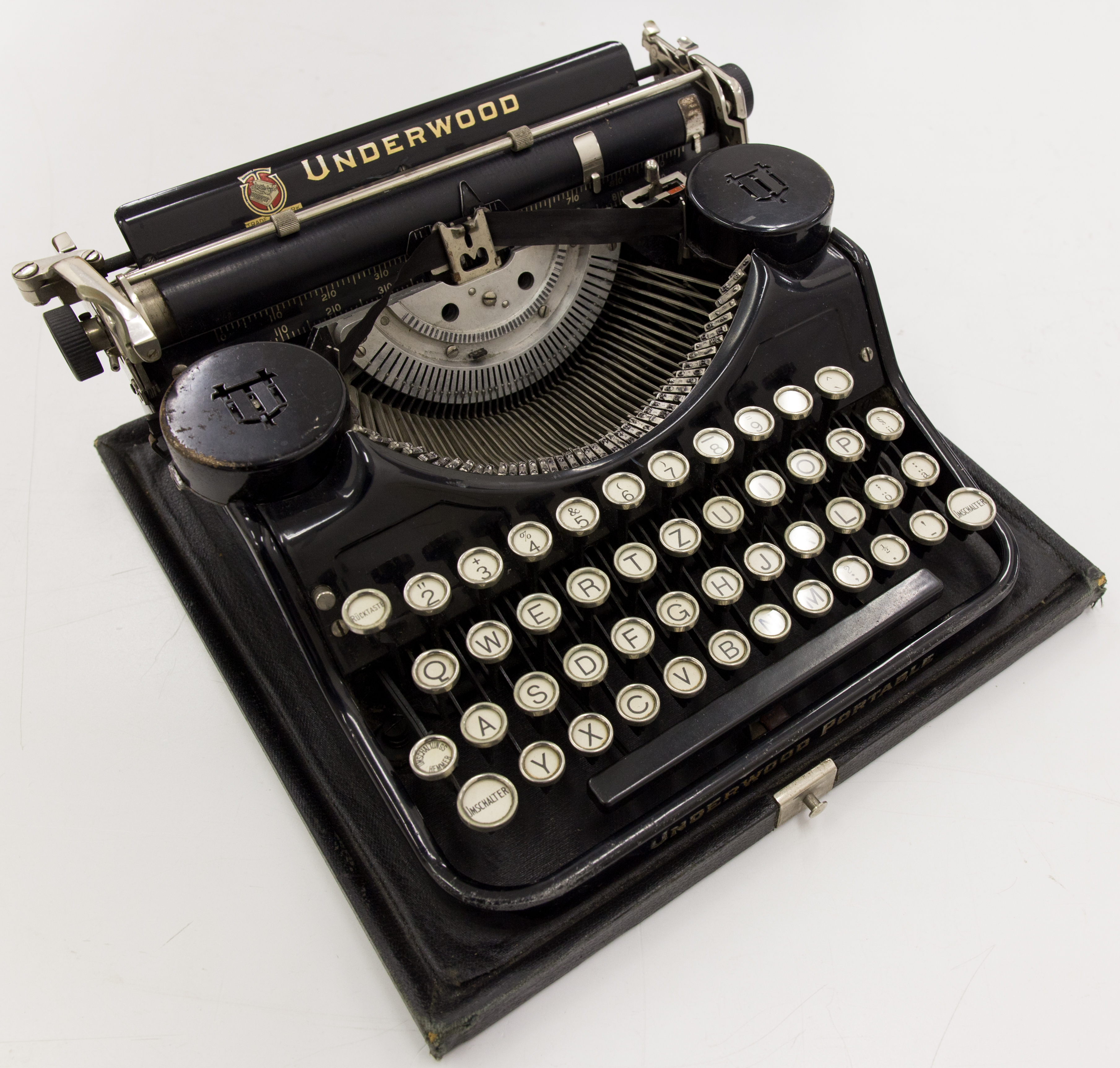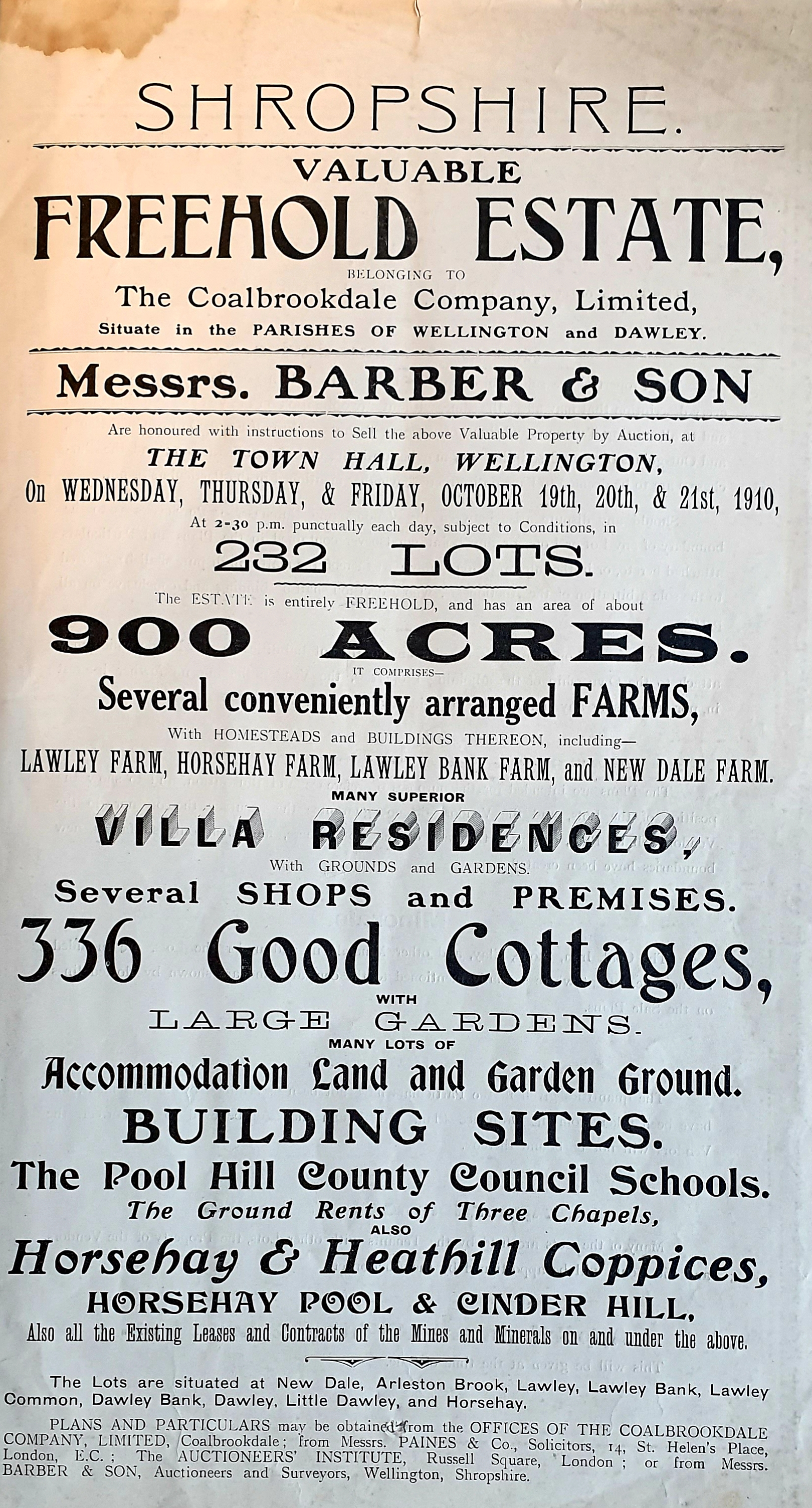|
Aruban Florin
The florin (; abbreviation: Afl.; ISO 4217, code: AWG) or Aruban guilder is the currency of Aruba. It is subdivided into 100 cents. The florin was introduced in 1986, replacing the Netherlands Antillean guilder at par. The Aruba currency exchange rate for U.S. dollars is Afl. 1.77 for cash and Afl. 1.78 for traveller's checks. Most supermarkets and gas stations use the exchange rate of Afl. 1.75, while many restaurants and shops use the exchange rate of Afl. 1.80. Coins In 1986, coins were introduced in denominations of 5, 10, 25 and 50 cents and 1 and florin. Later, the 5-florin banknote was replaced by a square coin and the -florin coin was removed from circulation. The 5-florin was replaced in 2005 with a round gold-coloured coin, because the old square 5-florin coin was too easy to counterfeit. All coins are struck in nickel-bonded steel with exception of the 5-florin, which is an alloy of copper and other metals. The 50 cent is the only square-shaped coi ... [...More Info...] [...Related Items...] OR: [Wikipedia] [Google] [Baidu] [Amazon] |
Penny
A penny is a coin (: pennies) or a unit of currency (: pence) in various countries. Borrowed from the Carolingian denarius (hence its former abbreviation d.), it is usually the smallest denomination within a currency system. At present, it is the formal name of the British penny ( p) and the '' de facto'' name of the American one-cent coin (abbr. ¢). ''Penny'' is also the informal name of the cent unit of account in Canada, although the production of one-cent coins was ended in 2012. The name ''penny'' is also used in reference to various historical currencies, also derived from the Carolingian system, such as the French denier and the German pfennig. It may also be informally used to refer to any similar smallest-denomination coin, such as the euro cent or Chinese fen. The Carolingian penny was originally a 0.940-fine silver coin, weighing pound. It was adopted by Offa of Mercia and other English kings and remained the principal currency in Europe ... [...More Info...] [...Related Items...] OR: [Wikipedia] [Google] [Baidu] [Amazon] |
Penny (United States Coin)
The penny, officially known as the cent, is a coin in the United States representing one-hundredth of a dollar. It has been the lowest face-value physical unit of U.S. currency since the abolition of the half-cent in 1857 (the abstract mill, which has never been minted, equal to a tenth of a cent, continues to see limited use in the fields of taxation and finance). The U.S. Mint's official name for the coin is " cent" and the U.S. Treasury's official name is "one cent piece". The colloquial term ''penny'' derives from the British coin of the same name, which occupies a similar place in the British system. ''Pennies'' is the plural form (not to be confused with ''pence'', which refers to the unit of currency). The first U.S. cent was produced in 1787, and the cent has been issued primarily as a copper or copper-plated coin throughout its history. In 1792, Congress established the US Mint, which began producing coins. In the same year, the Coinage Act of 1792 mand ... [...More Info...] [...Related Items...] OR: [Wikipedia] [Google] [Baidu] [Amazon] |
Typewriter Keyboard
A typewriter is a mechanical or electromechanical machine for typing characters. Typically, a typewriter has an array of keys, and each one causes a different single character to be produced on paper by striking an inked ribbon selectively against the paper with a type element. Thereby, the machine produces a legible written document composed of ink and paper. By the end of the 19th century, a ''person'' who used such a device was also referred to as a ''typewriter''. The first commercial typewriters were introduced in 1874, but did not become common in offices in the United States until after the mid-1880s. The typewriter quickly became an indispensable tool for practically all writing other than personal handwritten correspondence. It was widely used by professional writers, in offices, in business correspondence in private homes, and by students preparing written assignments. Typewriters were a standard fixture in most offices up to the 1980s. After that, they began to b ... [...More Info...] [...Related Items...] OR: [Wikipedia] [Google] [Baidu] [Amazon] |
Bar (diacritic)
A bar or stroke is a modification consisting of a line drawn through a grapheme. It may be used as a diacritic to derive new letters from old ones, or simply as an addition to make a grapheme more distinct from others. It can take the form of a vertical bar, slash, or crossbar. A stroke is sometimes drawn through the numerals 7 (horizontal overbar) and 0 (overstruck foreslash), to make them more distinguishable from the number 1 and the letter O, respectively. (In some typefaces, one or other or both of these characters are designed in these styles; they are not produced by overstrike or by combining diacritic. The normal way in most of Europe to write the number seven is with a bar. ) In medieval English scribal abbreviations, a stroke or bar was used to indicate abbreviation. For example, , the pound sign, is a stylised form of the letter (the letter with a cross bar). For the specific usages of various letters with bars and strokes, see their individual articles. ... [...More Info...] [...Related Items...] OR: [Wikipedia] [Google] [Baidu] [Amazon] |
Circumflex
The circumflex () is a diacritic in the Latin and Greek scripts that is also used in the written forms of many languages and in various romanization and transcription schemes. It received its English name from "bent around"a translation of the (). The circumflex in the Latin script is chevron-shaped (), while the Greek circumflex may be displayed either like a tilde () or like an inverted breve (). For the most commonly encountered uses of the accent in the Latin alphabet, precomposed characters are available. In English, the circumflex, like other diacritics, is sometimes retained on loanwords that used it in the original language (for example '' entrepôt, crème brûlée''). In mathematics and statistics, the circumflex diacritic is sometimes used to denote a function and is called a '' hat operator''. A free-standing version of the circumflex symbol, , is encoded in ASCII and Unicode and has become known as '' caret'' and has acquired special uses, particularly i ... [...More Info...] [...Related Items...] OR: [Wikipedia] [Google] [Baidu] [Amazon] |
East India Company
The East India Company (EIC) was an English, and later British, joint-stock company that was founded in 1600 and dissolved in 1874. It was formed to Indian Ocean trade, trade in the Indian Ocean region, initially with the East Indies (South Asia and Southeast Asia), and later with East Asia. The company gained Company rule in India, control of large parts of the Indian subcontinent and British Hong Kong, Hong Kong. At its peak, the company was the largest corporation in the world by various measures and had its own armed forces in the form of the company's three presidency armies, totalling about 260,000 soldiers, twice the size of the British Army at certain times. Originally Chartered company, chartered as the "Governor and Company of Merchants of London Trading into the East-Indies," the company rose to account for half of the world's trade during the mid-1700s and early 1800s, particularly in basic commodities including cotton, silk, indigo dye, sugar, salt, spices, Potass ... [...More Info...] [...Related Items...] OR: [Wikipedia] [Google] [Baidu] [Amazon] |
Queen Victoria
Victoria (Alexandrina Victoria; 24 May 1819 – 22 January 1901) was Queen of the United Kingdom of Great Britain and Ireland from 20 June 1837 until Death and state funeral of Queen Victoria, her death in January 1901. Her reign of 63 years and 216 days, which was List of monarchs in Britain by length of reign, longer than those of any of her predecessors, constituted the Victorian era. It was a period of industrial, political, scientific, and military change within the United Kingdom of Great Britain and Ireland, United Kingdom, and was marked by a great expansion of the British Empire. In 1876, the British parliament voted to grant her the additional title of Empress of India. Victoria was the daughter of Prince Edward, Duke of Kent and Strathearn (the fourth son of King George III), and Princess Victoria of Saxe-Coburg-Saalfeld. After the deaths of her father and grandfather in 1820, she was Kensington System, raised under close supervision by her mother and her Comptrol ... [...More Info...] [...Related Items...] OR: [Wikipedia] [Google] [Baidu] [Amazon] |
US One Cent Obv
US or Us most often refers to: * ''Us'' (pronoun), the objective case of the English first-person plural pronoun ''we'' * US, an abbreviation for the United States US, U.S., Us, us, or u.s. may also refer to: Arts and entertainment Albums * ''Us'' (Brother Ali album) or the title song, 2009 * ''Us'' (Empress Of album), 2018 * ''Us'' (Mull Historical Society album), 2003 * ''Us'' (Peter Gabriel album), 1992 * ''Us'' (EP), by Moon Jong-up, 2021 * ''Us'', by Maceo Parker, 1974 * ''Us'', mini-album by Peakboy, 2019 Songs * "Us" (James Bay song), 2018 * "Us" (Jennifer Lopez song), 2018 * "Us" (Regina Spektor song), 2004 * "Us" (Gracie Abrams song), 2024 * "Us", by Azealia Banks from '' Fantasea'', 2012 * "Us", by Celine Dion from ''Let's Talk About Love'', 1997 * "Us", by Gucci Mane from '' Delusions of Grandeur'', 2019 * "Us", by Spoon from '' Hot Thoughts'', 2017 Other media * US Festival, two 1980s California music festivals organized by Steve Wozniak * ''Us'' (1991 ... [...More Info...] [...Related Items...] OR: [Wikipedia] [Google] [Baidu] [Amazon] |
Wreath
A wreath () is an assortment of flowers, leaves, fruits, twigs, or various materials that is constructed to form a ring shape. In English-speaking countries, wreaths are used typically as household ornaments, most commonly as an Advent and Christmas decoration. They are also used in ceremonial events in many cultures around the globe. They can be worn as a chaplet around the head, or as a garland around the neck. Etymology The word ''wreath'' comes from Middle English ''wrethe'' and from Old English ''writha'' 'band'. History Ancient Etruscan wreaths Wreaths were a design used in ancient times in southern Europe. The most well-known are pieces of Etruscan civilization jewelry, made of gold or other precious metals. Symbols from Greek myths often appear in the designs, embossed in precious metal at the ends of the wreath. Ancient Roman writers referred to Etruscan ''corona sutilis'', which were wreaths with their leaves sewn onto a background. These wreaths rese ... [...More Info...] [...Related Items...] OR: [Wikipedia] [Google] [Baidu] [Amazon] |
Font
In metal typesetting, a font is a particular size, weight and style of a ''typeface'', defined as the set of fonts that share an overall design. For instance, the typeface Bauer Bodoni (shown in the figure) includes fonts " Roman" (or "regular"), "" and ""; each of these exists in a variety of sizes. In the digital description of fonts ( computer fonts), the terms "font" and "typeface" are often used interchangeably. For example, when used in computers, each style is stored in a separate digital font file. In both traditional typesetting and computing, the word "font" refers to the delivery mechanism of an instance of the typeface. In traditional typesetting, the font would be made from metal or wood type: to compose a page may require multiple fonts from the typeface or even multiple typefaces. Spelling and etymology The word ''font'' (US) or ''fount'' (traditional UK, CAN; in any case pronounced ) derives from Middle French ''fonte'', meaning "cast iron". The term re ... [...More Info...] [...Related Items...] OR: [Wikipedia] [Google] [Baidu] [Amazon] |
Céntimo
The céntimo (in Spanish-speaking countries) or cêntimo (in Portuguese-speaking countries) was a currency unit of Spain, Portugal and their former colonies. The word derived from the Latin (24 February 2010), . meaning "hundredth part". The main Spanish currency, before the euro, was the Spanish peseta, peseta which was divided into 100 céntimos. In Portugal it was the Portuguese real, real and later the escudo, until it was also replaced by the euro. In the European community ''cent'' is the official name for one ... [...More Info...] [...Related Items...] OR: [Wikipedia] [Google] [Baidu] [Amazon] |





